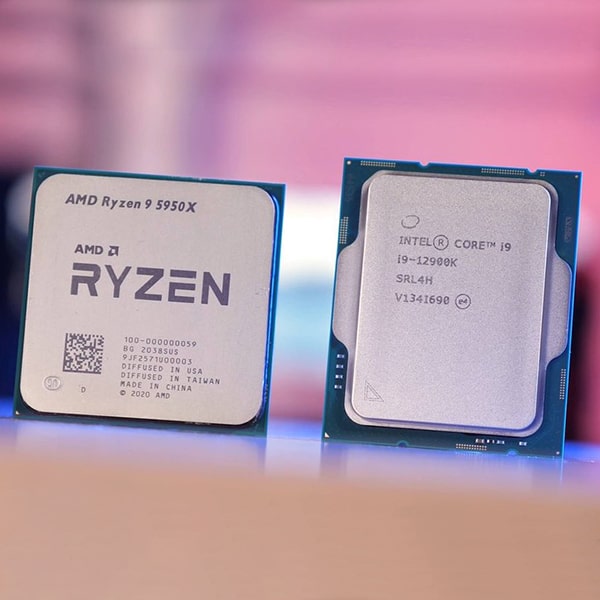Ryzen 9 5950X Vs Intel 12th Generation Core-i9 12900K
The world of computing has progressed to unimaginable heights, making our use of computers faster and easier. The main component of a PC is its processor and when we talk about top-notch processors Intel and AMD are the competing titans of the industry. The war between AMD and Intel has lasted for quite a while now and the most recent processors are Intel’s 12th Generation 12900K and AMD’s Ryzen-9 5950X.
Intel bursts out on the scene with its latest 12th generation core-i9 12900K, bringing intel into focus for people who prefer high-end gaming and specialized work. This premium processor supports PCIe 5.0 and DDR5 RAM. However, if you are looking to buy this processor, it would require a new motherboard for the LGA-1700 socket.
On the Other hand, the new AMD Ryzen-9 5950Xis no joke, as it can keep up (and surpass in some cases) intel’s-i9 12900K. When opting for AMD’s Ryzen-9 5950X, you won’t have to change your motherboard, as it still supports the M4 socket. However, it does not support DDR5 RAM or PCIe 4.0. Yet it remains to be one of the high-performing processors and referred to as AMD’s powerhouse.
When buying [processors it’s essential to weigh everything from its performance, price, pros, and cons to get a better idea of what you’re buying. Most people prefer buying refurbished processors to save costs. However, it is important to buy a processor that fulfills all your requirements.
Comparing Performance:
Intel’s 12th generation Alder Lake 12900K is known for combining power and efficiency with single-thread cores also known as E-cores along with multi-cores, known as P-cores. E-cores are used to operate low-priority tasks. Whereas, P-cores take care of heavy computing.
In terms of performance, both these processors are not that far apart, as AMD’s Ryzen-9 5950X comes with 16 standard multi-threaded cores that feature a clock of 3.4 GHz with a boost of 4.9 GHz. Plus, it has a baseline of 105W TDP. However, even with these incredible specifications, it falls a bit behind Intel’s i9 12600K, with a 125W base TDP. Its P-cores feature a base clock of 3.2 GHz that boosts up to 5.0Ghz. Whereas, the E-Cores have a base clock of 3.2 GHz that boosts up to 3.9 GHz.
When taking into consideration the performance of both processors, Intel’s core i-9 12900K surpasses AMD Ryzen-9 5950X in running single-thread tasks. However, when it comes to multi-core performance MD holds a slight advantage.
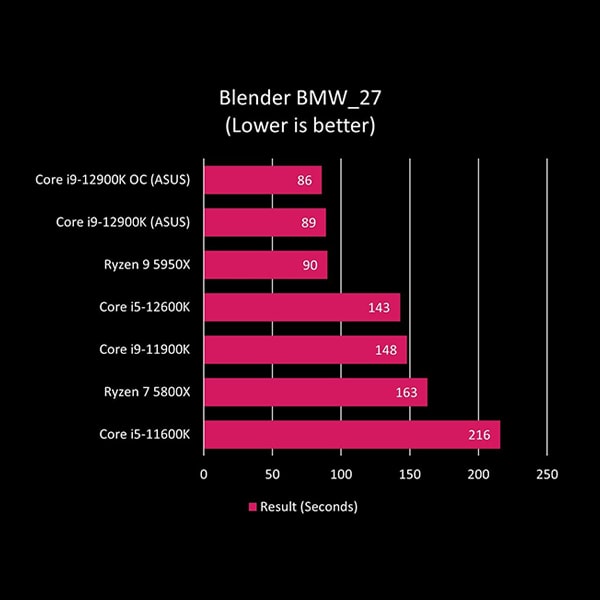
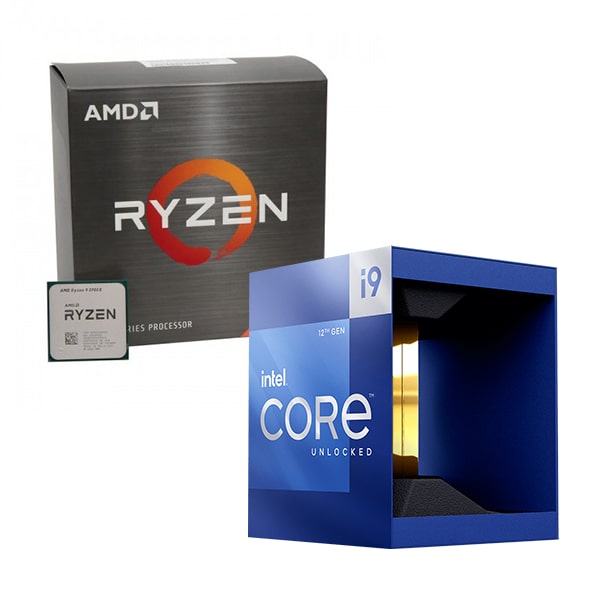
Comparing Prices:
Price is one of the most influential deciding factors before making any purchase. People match the prices to see what they are buying. As far as the price comparison of these processors is concerned AMD’s Ryzen-9 5950X is higher in price than Intel’s Core-i9 12900K. AMD comes at a market price of $745 while the intel core-i9 12900 was launched at the price of $620 which is considerably low.
Nonetheless, if you are buying Intel i9 12900K, you would also have to purchase a new motherboard, as it supports the LGA-1700 socket. On the other hand, AMD Ryzen-9 5950X may seem to be at a higher price but you won’t be required to buy a new motherboard, as it still supports an AM4 socket.
A great way to save some cost on buying processors from AMD or intel is by looking out for used or refurbished processors. Most tech enthusiasts prefer to buy refurbished components because not only do they save some money but it is also reliable.
Comparing Future Upgradability:
Whenever we talk about u [upgradability, intel wins this battle with a clean sweep, as it offers a new and innovative design with future proof support technology. If you are looking to build your system from the scratch it would be the best choice for you, as it supports DDR5 RAMs and PCIe 5.0.
However, you won’t get any next-generation supportable options from AMD because it supports PCIe 4.0 and DDR4 RAMs. Therefore, Intel wins in this department.
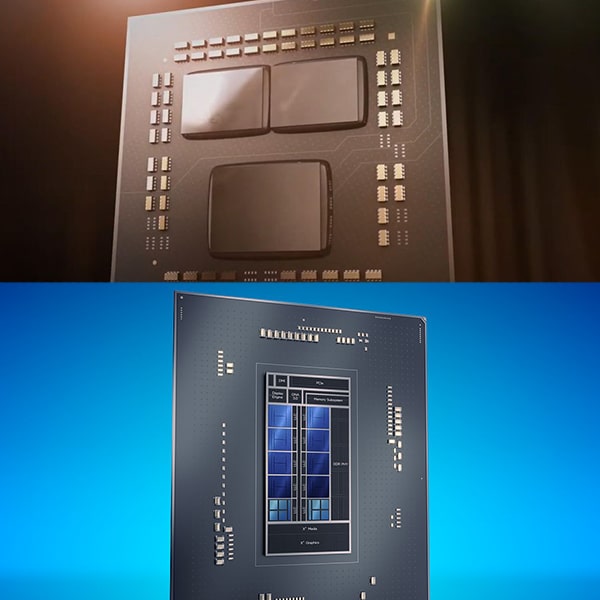
Pros and Cons:
Intel’s Core i9 12900K offers a variety of advantages to its users that includes exceptional performance, 125W TDP, DDR5 RAM support, PCIe 5.0 support, and a competitive price. However, it also comes with a few drawbacks that need to be taken into consideration before making the purchase. Its drawbacks include that it requires a new motherboard, runs hot when overclocking, and unavailability of bundled cooler.
AMD’s Ryzen-9 5950X is no slouch either, as it comes with its own set of pros such as 108W TDP, PCIe 4.0 support, high-end performance, and 16 cores (32 threads). The drawbacks of this processor include its higher price, lack of bundled cooler, and no future upgradability to support DDR5 RAM or PCIe 5.0.
It is important to compare the pros and cons and weigh them to your requirements so that you can have a clear idea of which processor will be the best for you. As seen by the pros and cons compared with each other Intel’s core-i9 12900K is undoubtedly a better choice for the long run.
Final Thoughts:
In the processor industry, two of the best are AMD and Intel that have been competing for years and aren’t that far apart from each other in terms of high-performance processors. However, AMD’s Ryzen-9 5950X has proven to be slightly better in terms of multi-core performance than Intel’s Core-i9 12900K.
However, if we look at the other aspects including single-core performance, price, and future upgradability, intel is the decisive winner of this comparison. If you are on the lookout for quality components, Sibbex offers new and refurbished quality processors.

